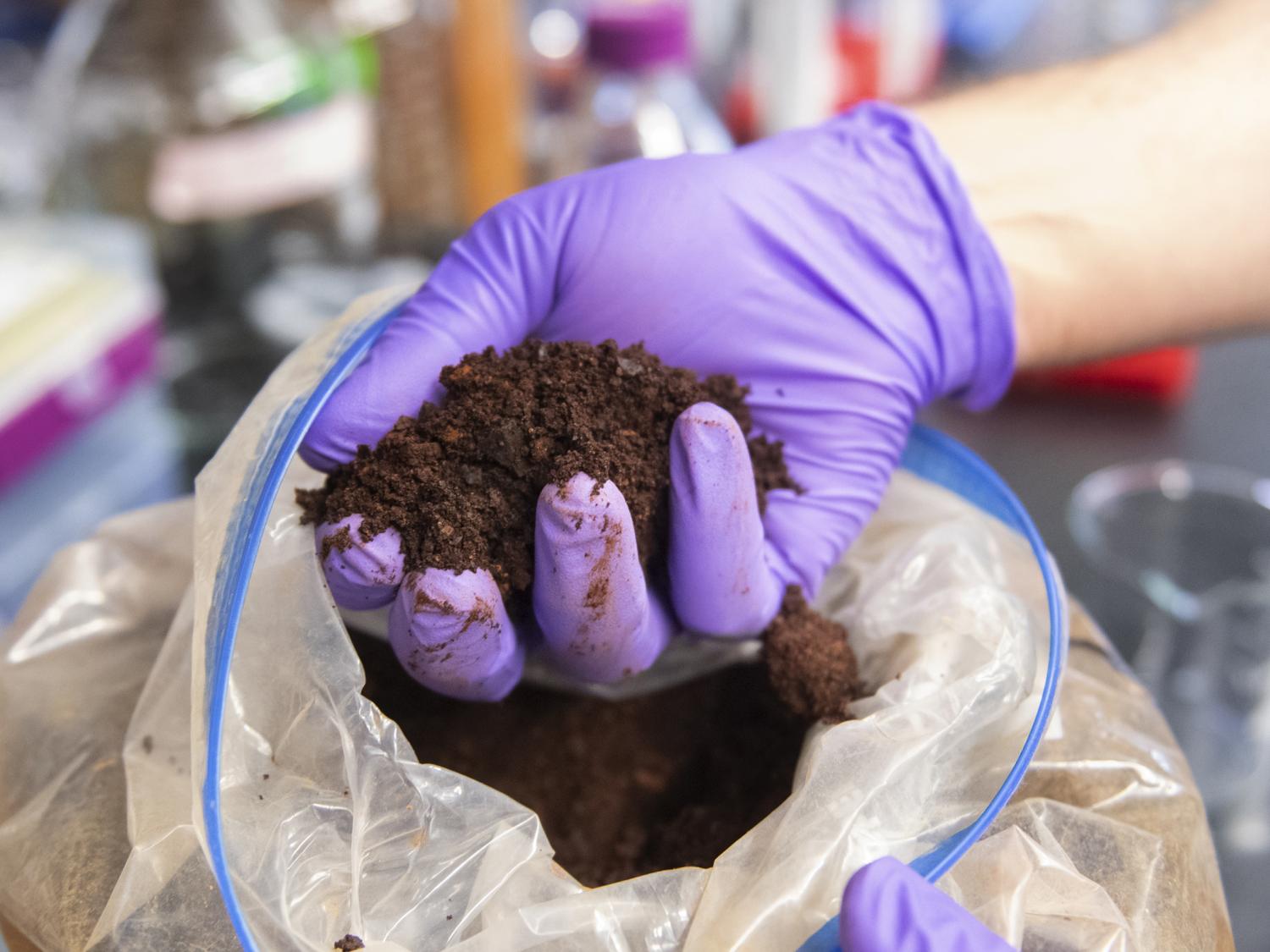A protein mines, sorts rare earths better than humans, paving way for green tech
By Adrienne Berard

UNIVERSITY PARK, Pa. — Rare earth elements, like neodymium and dysprosium, are a critical component to almost all modern technologies, from smartphones to hard drives, but they are notoriously hard to separate from the Earth’s crust and from one another.
Penn State scientists have discovered a new mechanism by which bacteria can select between different rare earth elements, using the ability of a bacterial protein to bind to another unit of itself, or “dimerize,” when it is bound to certain rare earths, but prefer to remain a single unit, or “monomer,” when bound to others.
By figuring out how this molecular handshake works at the atomic level, the researchers have found a way to separate these similar metals from one another quickly, efficiently, and under normal room temperature conditions. This strategy could lead to more efficient, greener mining and recycling practices for the entire tech sector, the researchers state.
“Biology manages to differentiate rare earths from all the other metals out there — and now, we can see how it even differentiates between the rare earths it finds useful and the ones it doesn’t,” said Joseph Cotruvo Jr., associate professor of chemistry at Penn State and lead author on a paper about the discovery published today (May 31) in the journal Nature. “We’re showing how we can adapt these approaches for rare earth recovery and separation.”
Rare earth elements, which include the lanthanide metals, are in fact relatively abundant, Cotruvo explained, but they are what mineralogists call “dispersed,” meaning they’re mostly scattered throughout the planet in low concentrations.
“If you can harvest rare earths from devices that we already have, then we may not be so reliant on mining it in the first place,” Cotruvo said. However, he added that regardless of source, the challenge of separating one rare earth from another to get a pure substance remains.
“Whether you are mining the metals from rock or from devices, you are still going to need to perform the separation. Our method, in theory, is applicable for any way in which rare earths are harvested,” he said.
All the same — and completely different
In simple terms, rare earths are 15 elements on the periodic table — the lanthanides, with atomic numbers 57 to 71 — and two other elements with similar properties that are often grouped with them. The metals behave similarly chemically, have similar sizes, and, for those reasons, they often are found together in the Earth’s crust. However, each one has distinct applications in technologies.
